SELEXIPAG interMediate
- CAS NO.:475086-75-0
- Empirical Formula: C23H27N3O
- Molecular Weight: 361.48
- MDL number: MFCD28411750
- EINECS: 813-799-3
- SAFETY DATA SHEET (SDS)
- Update Date: 2024-03-22 21:24:34
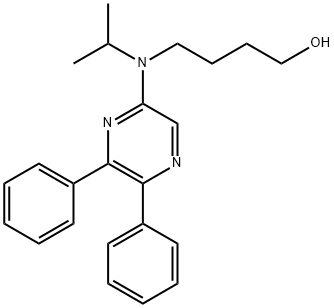
What is SELEXIPAG interMediate?
The Uses of SELEXIPAG interMediate
4-[(5,6-Diphenyl-2-pyrazinyl)(1-methylethyl)amino]-1-butanol is a diphenylpyrazine derivative which belongs to a class of prostacyclin receptor agonists. It is an impurity of Selexipag (S253150) that is a potential drug for the treatment of various vascular disorders such as pulmonary arterial hypertension and arteriosclerosis obliterans.
What are the applications of Application
Selexipag interMediate is a synthetic organic compound that is used as an intermediate in the synthesis of oxychloride. It is an oxychloride with a nucleophilic substitution reaction. The reaction proceeds selectively at the phosphorus atom and gives high yield. The reactivity of 4-[(5,6-diphenylpyrazin-2-yl)(propan-2-yl)amino]butan-1-ol is enhanced by the use of n butanol, which also acts as a solvent for the reaction. The product can be purified by filtration or recrystallization from hexane with piperazine as a reagent.
Properties of SELEXIPAG interMediate
| Melting point: | 68 - 71°C |
| Boiling point: | 514.4±50.0 °C(Predicted) |
| Density | 1.112±0.06 g/cm3(Predicted) |
| storage temp. | Sealed in dry,Room Temperature |
| solubility | Chloroform (Slightly), DMSO (Slightly) |
| form | Solid |
| pka | 15.05±0.10(Predicted) |
| color | Pale Yellow to Light Yellow |
Safety information for SELEXIPAG interMediate
| Signal word | Warning |
| Pictogram(s) |
 Exclamation Mark Irritant GHS07 |
| GHS Hazard Statements |
H302:Acute toxicity,oral H315:Skin corrosion/irritation H319:Serious eye damage/eye irritation H335:Specific target organ toxicity, single exposure;Respiratory tract irritation |
| Precautionary Statement Codes |
P261:Avoid breathing dust/fume/gas/mist/vapours/spray. P280:Wear protective gloves/protective clothing/eye protection/face protection. P301+P312:IF SWALLOWED: call a POISON CENTER or doctor/physician IF you feel unwell. P302+P352:IF ON SKIN: wash with plenty of soap and water. P305+P351+P338:IF IN EYES: Rinse cautiously with water for several minutes. Remove contact lenses, if present and easy to do. Continuerinsing. |
Computed Descriptors for SELEXIPAG interMediate
SELEXIPAG interMediate manufacturer
Lakshmi Farmachem
Aventus Labs
New Products
(S)-3-Aminobutanenitrile hydrochloride 4-Methylphenylacetic acid N-Boc-D-alaninol N-BOC-D/L-ALANINOL Tert-butyl bis(2-chloroethyl)carbamate N-octanoyl benzotriazole 3-Morpholino-1-(4-nitrophenyl)-5,6-dihydropyridin- 2(1H)-one Furan-2,5-Dicarboxylic Acid S-2-CHLORO PROPIONIC ACID ETHYL ISOCYANOACETATE 2-Bromo-1,3-Bis(Dimethylamino)Trimethinium Hexafluorophosphate 4-IODO BENZOIC ACID 3-NITRO-2-METHYL ANILINE 1-(2,4-DICHLOROPHENYL) ETHANAMINE (2-Hydroxyphenyl)acetonitrile 4-Bromopyrazole 5,6-Dimethoxyindanone 2-(Cyanocyclohexyl)acetic acid 4-methoxy-3,5-dinitropyridine 1-(4-(aminomethyl)benzyl)urea hydrochloride 2-aminopropyl benzoate hydrochloride diethyl 2-(2-((tertbutoxycarbonyl)amino) ethyl)malonate tert-butyl 4- (ureidomethyl)benzylcarbamate Ethyl-2-chloro((4-methoxyphenyl)hydrazono)acetateRelated products of tetrahydrofuran
![Acetamide, 2-[4-[(5,6-diphenyl-2-pyrazinyl)(1-methylethyl)amino]butoxy]-](https://img.chemicalbook.in/CAS/20210111/GIF/475086-28-3.gif)
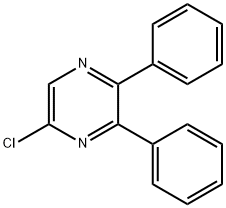
![Acetamide, 2-[4-[(1-methylethyl)amino]butoxy]-N-(methylsulfonyl)-](https://img.chemicalbook.in/CAS/20210111/GIF/2010956-45-1.gif)
![[4-[(5,6-DIPHENYLPYRAZINYL)(1-METHYLETHYL)AMINO]BUTOXY]-ACETIC ACID](https://img.chemicalbook.in/CAS2/GIF/475085-57-5.gif)
![( 2-{4-[N-(5,6-diphenylpyrazin-2-yl)-N-isopropylamino]butyloxy}acetic acid tert-butylester )](https://img.chemicalbook.in/CAS/20180702/GIF/475084-96-9.gif)
![Acetic acid, 2-[4-[(5,6-diphenyl-2-pyrazinyl)oxy]butoxy]-, 1,1-dimethylethyl ester](https://img.chemicalbook.in/CAS/20210111/GIF/475086-96-5.gif)


You may like
-
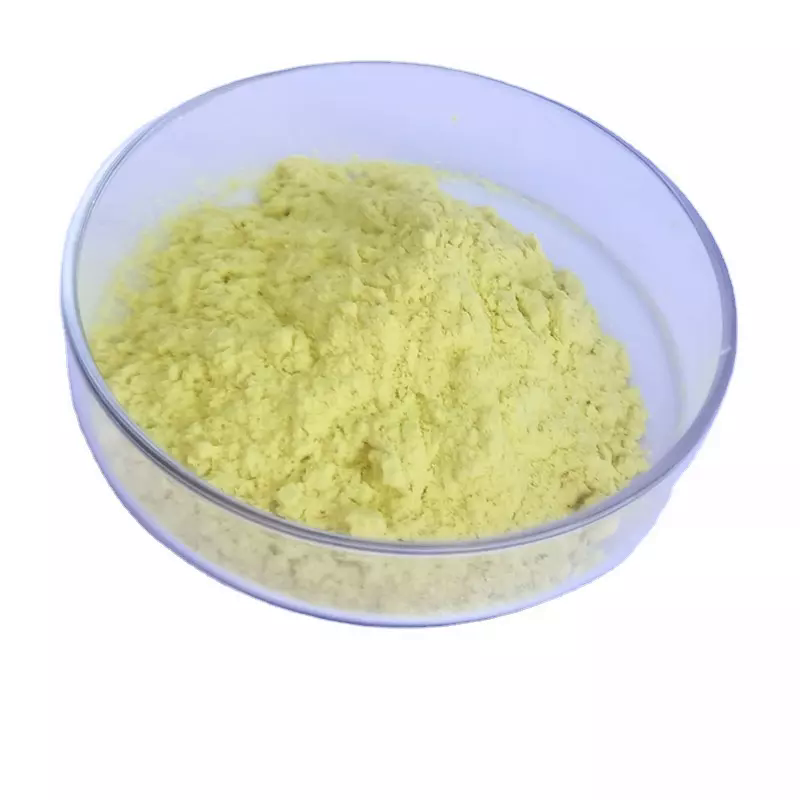 475086-75-0 Diphenyl pyrazine impurity 98%View Details
475086-75-0 Diphenyl pyrazine impurity 98%View Details
475086-75-0 -
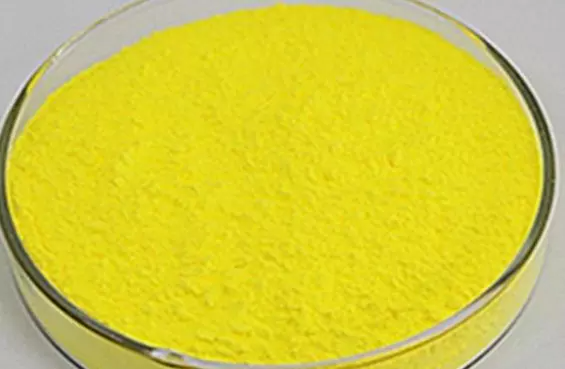 475086-75-0 98%View Details
475086-75-0 98%View Details
475086-75-0 -
![4-[(5,6-Diphenyl-pyrazin-2-yl)-isopropyl-amino]-butan-1-ol 98%](https://img.chemicalbook.in//ProductImageIndia/2024-03/Raw/5e8ee737-c992-4c50-b574-d7e0778722c8.png) 4-[(5,6-Diphenyl-pyrazin-2-yl)-isopropyl-amino]-butan-1-ol 98%View Details
4-[(5,6-Diphenyl-pyrazin-2-yl)-isopropyl-amino]-butan-1-ol 98%View Details -
![4-[(5,6-Diphenyl-pyrazin-2-yl)-isopropyl-amino]-butan-1-ol 475086-75-0 98%](https://img.chemicalbook.in//ProductImageIndia/2024-03/Raw/67f98856-c79d-4fde-9c03-59b4fabbf641.png) 4-[(5,6-Diphenyl-pyrazin-2-yl)-isopropyl-amino]-butan-1-ol 475086-75-0 98%View Details
4-[(5,6-Diphenyl-pyrazin-2-yl)-isopropyl-amino]-butan-1-ol 475086-75-0 98%View Details
475086-75-0 -
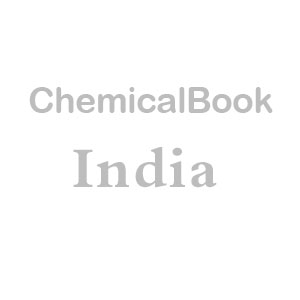 1975-50-4 98%View Details
1975-50-4 98%View Details
1975-50-4 -
 2-HYDROXY BENZYL ALCOHOL 98%View Details
2-HYDROXY BENZYL ALCOHOL 98%View Details
90-01-7 -
 14714-50-2 (2-Hydroxyphenyl)acetonitrile 98+View Details
14714-50-2 (2-Hydroxyphenyl)acetonitrile 98+View Details
14714-50-2 -
 118753-70-1 98+View Details
118753-70-1 98+View Details
118753-70-1